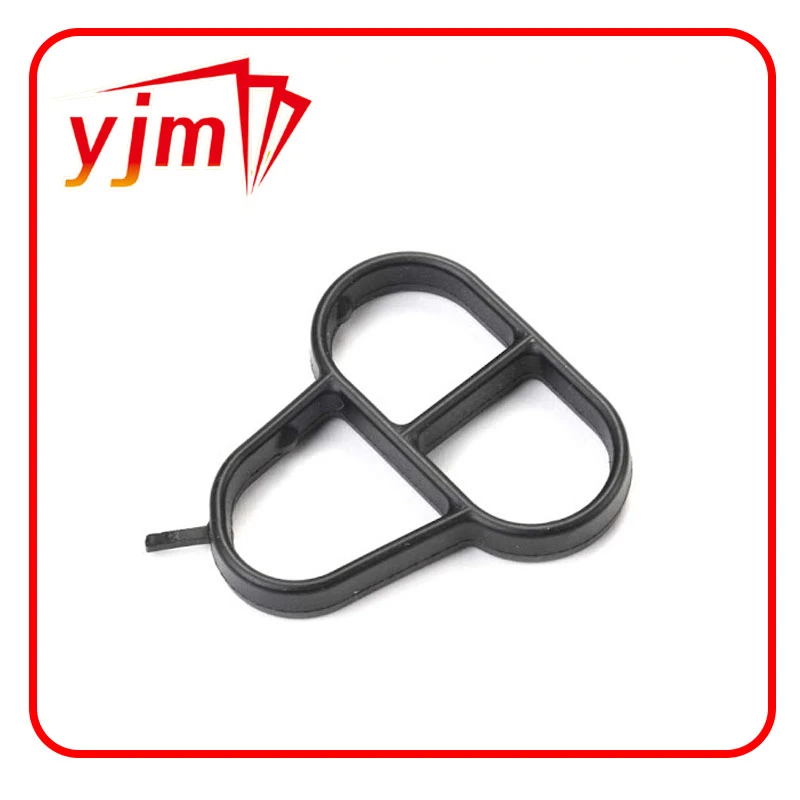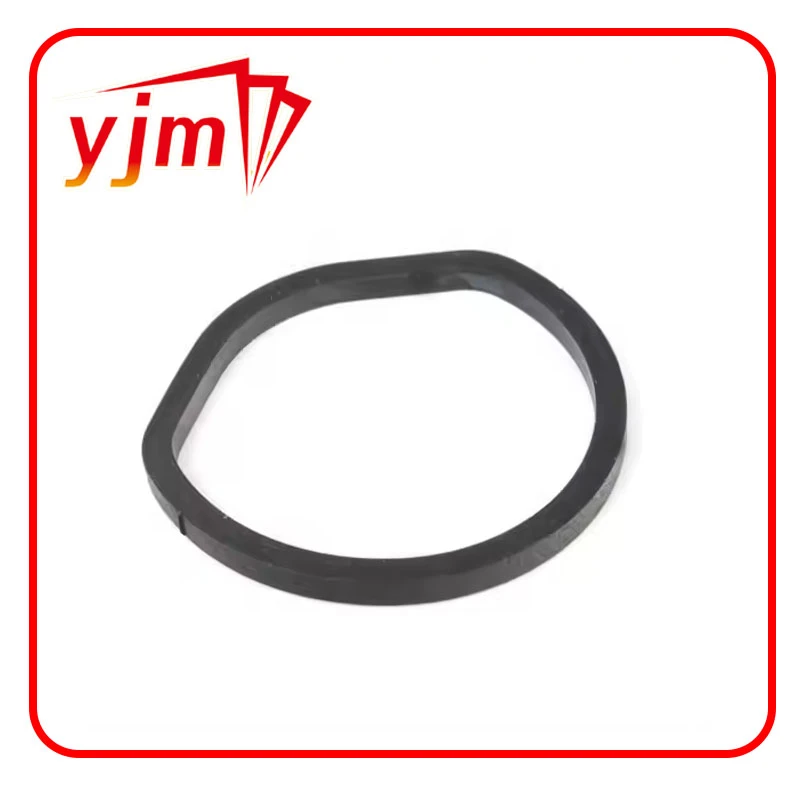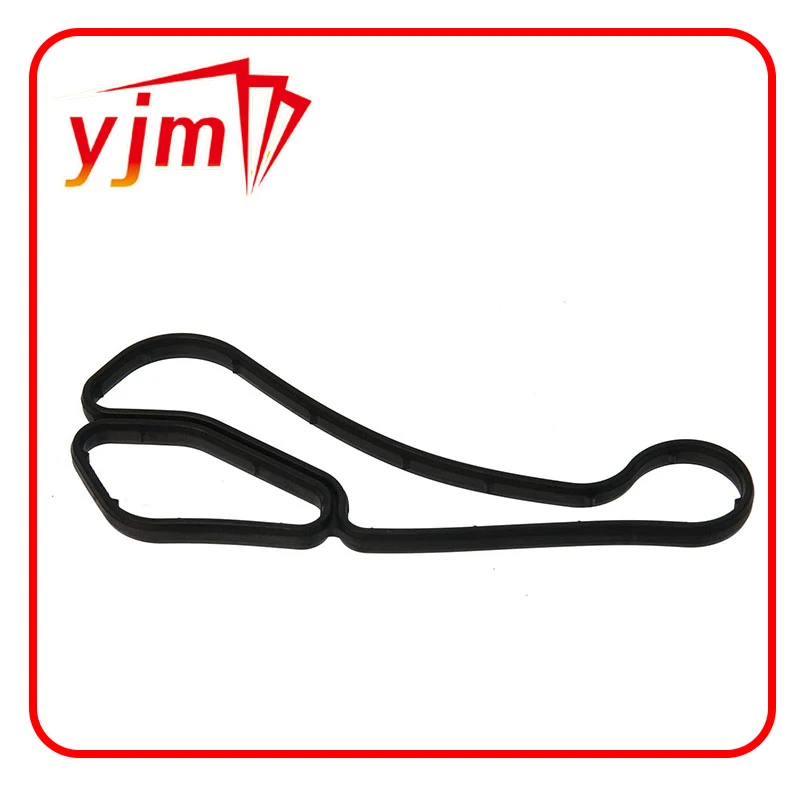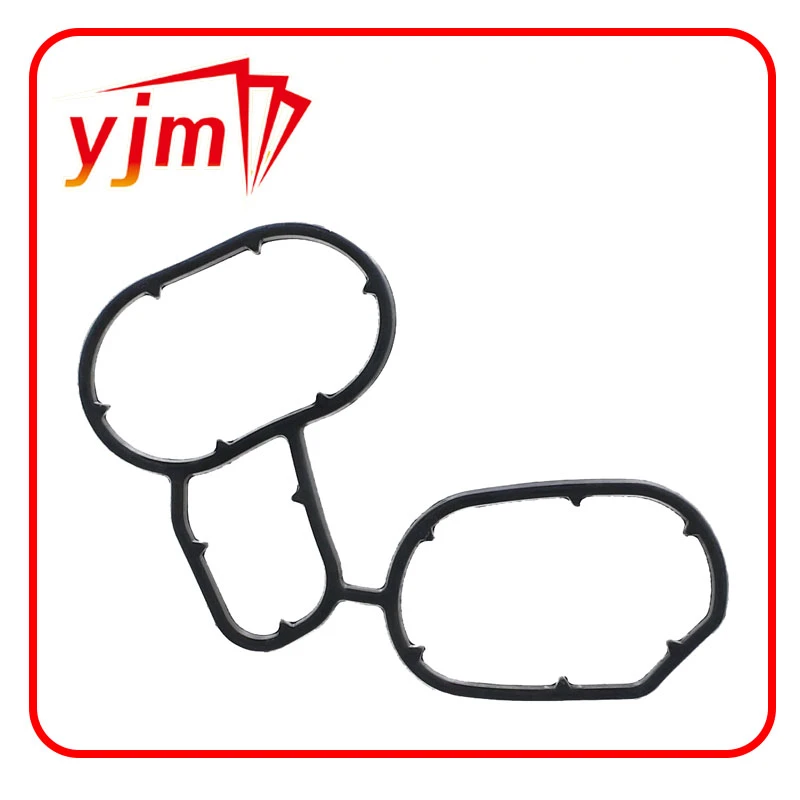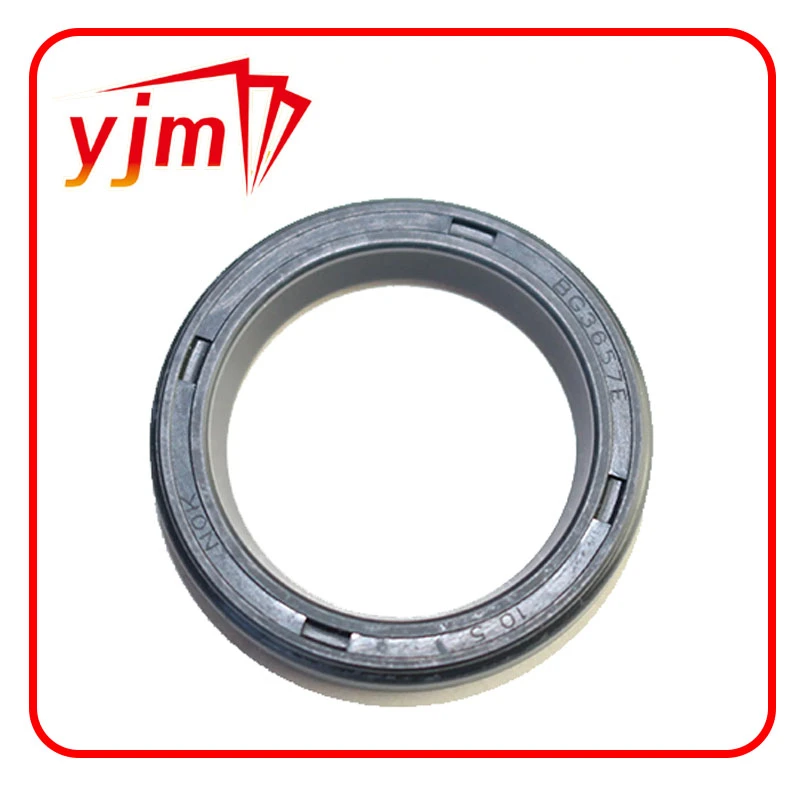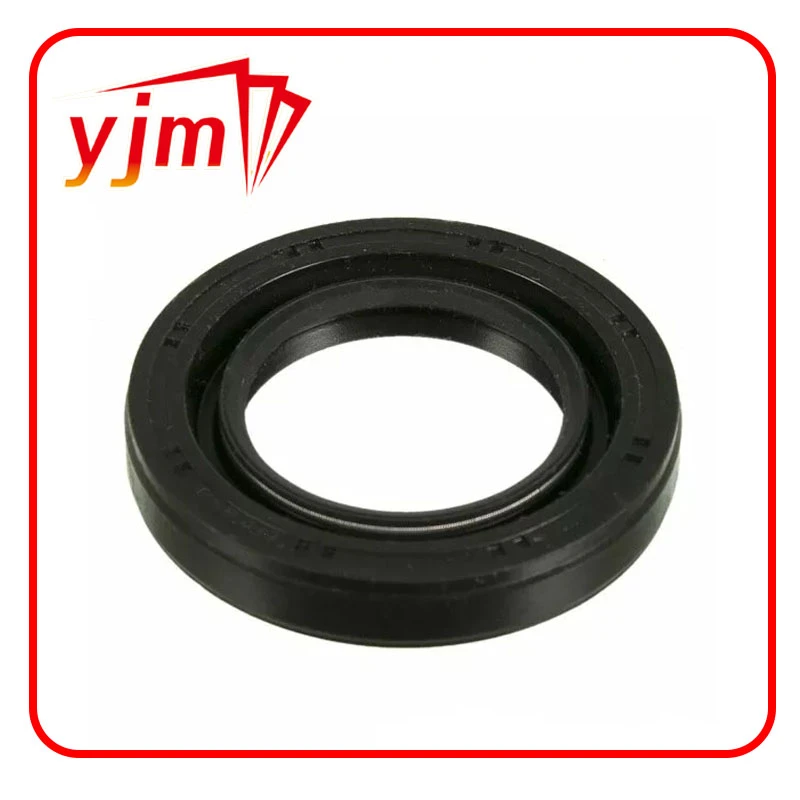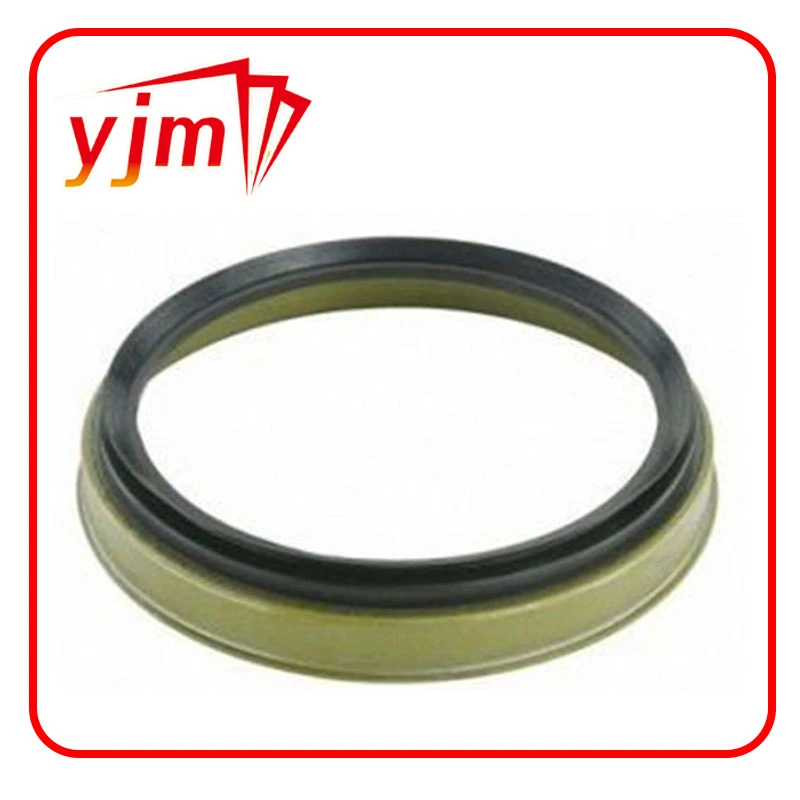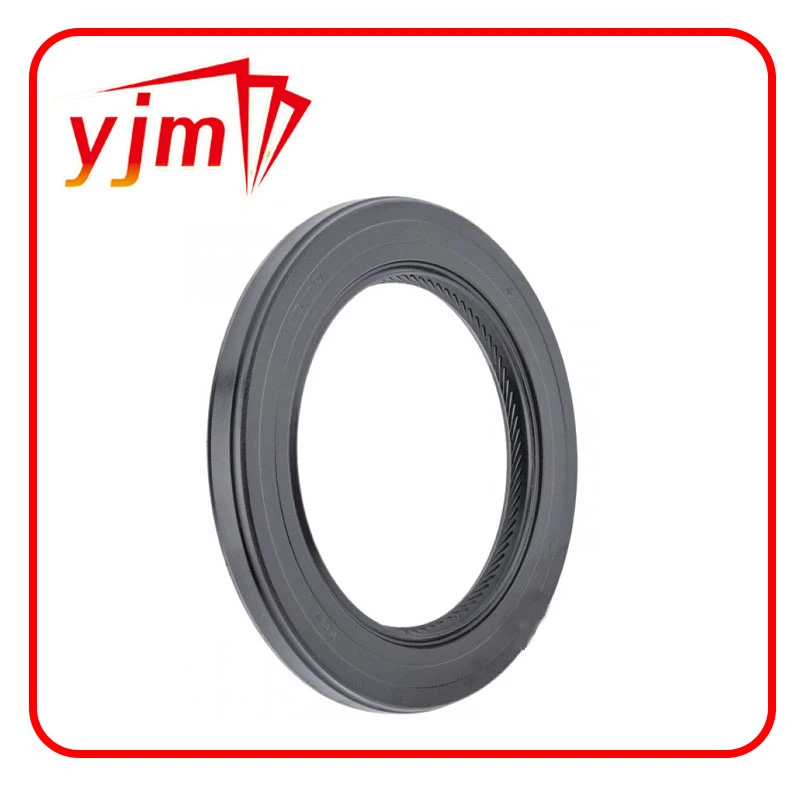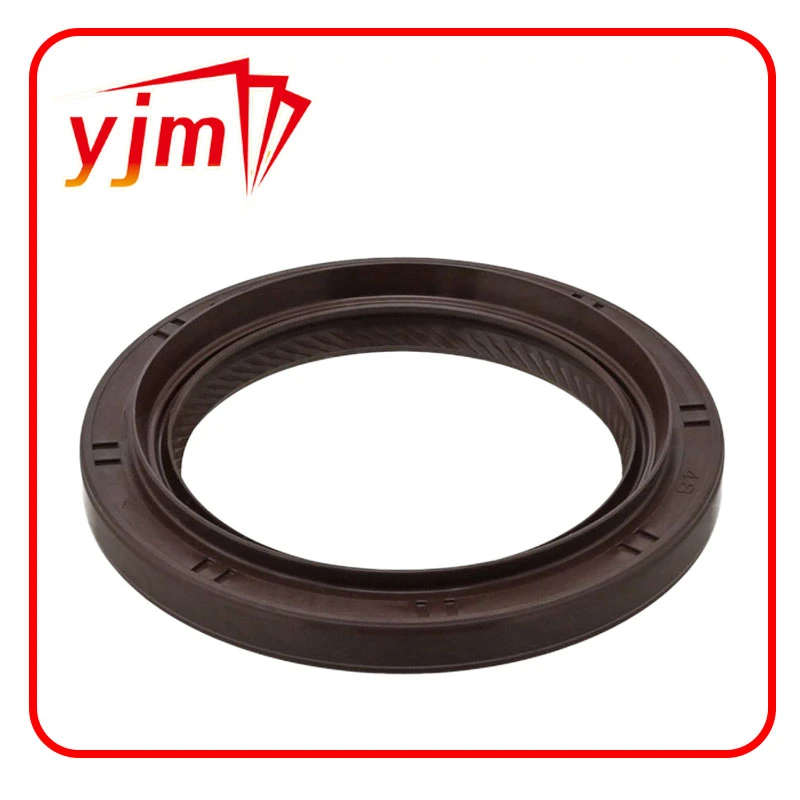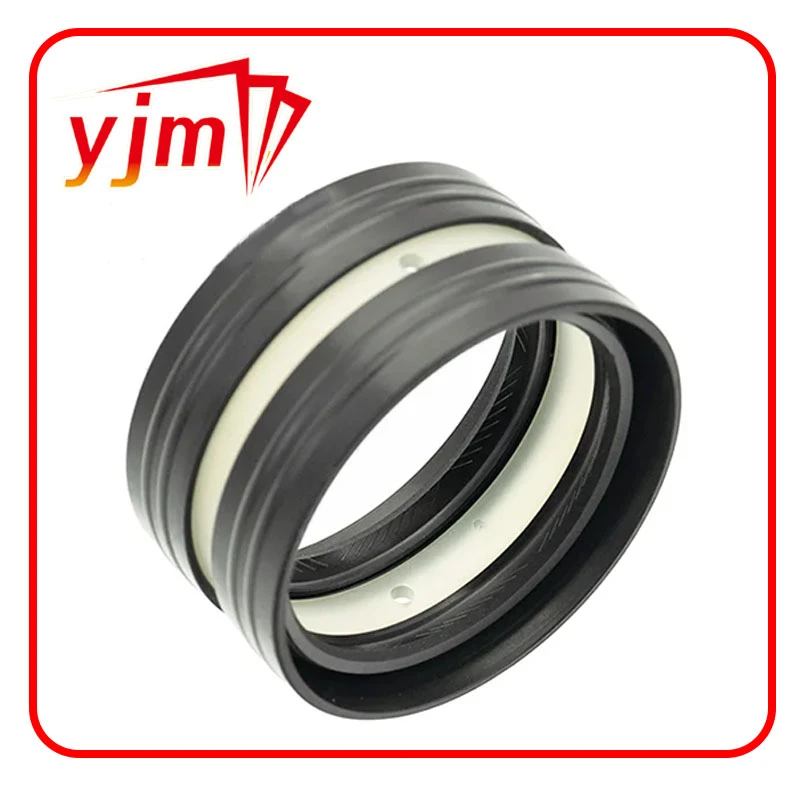Mastering Diesel and Performance Engine Maintenance: A Guide to Critical Oil Gaskets
Proper engine maintenance is essential for optimal performance, especially when dealing with heavy-duty diesel engines or high-performance vehicles. Among the most overlooked yet vital components are engine gaskets that regulate oil flow and prevent leaks. From the DT466 oil rail gasket to the LT1 oil filter adapter gasket, and the crucial oil cooler gasket 7.3 Powerstroke, these small components play a big role in engine longevity and reliability. In this article, we’ll explore their functions, common failure symptoms, and how to replace them properly.
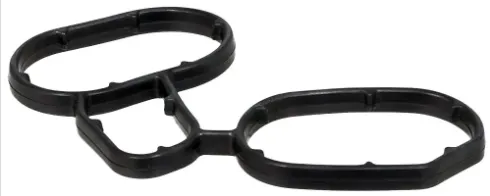
Vital Gaskets in Diesel and Performance Engines
Engines like the Navistar DT466 or the Ford 7.3L Powerstroke diesel are known for their power and reliability—but only when properly maintained. Gaskets in the oil system ensure clean oil is routed properly and kept under the right pressure.
Let’s take a closer look at some of the most important gaskets:
DT466 oil rail gasket: This gasket seals the high-pressure oil rail to the cylinder head. It’s crucial for the correct operation of the HEUI (Hydraulic Electronic Unit Injector) system. A leak here can cause hard starting or injector issues.
Gasket oil cooler: Found in both gas and diesel engines, this gasket seals the oil cooler to prevent engine oil and coolant from mixing. It's critical for thermal efficiency and oil integrity.
LT1 oil filter adapter gasket: In Chevy LT1 performance engines, the oil filter adapter gasket seals the adapter plate to the engine block. A failure here can cause oil leaks and pressure drops in high-performance applications.
Oil cooler gasket 7.3 Powerstroke/Oil cooler 7.3 Powerstroke gasket: This is one of the most failure-prone gaskets in the 7.3L diesel. It seals the engine oil cooler, which helps regulate engine oil temperature and prevents oil and coolant from mixing.
A failure in any of these gaskets can lead to oil leaks, low oil pressure, or worse—catastrophic engine damage.
Common Signs of Gasket Failure
Because these gaskets work under intense pressure and heat, they can wear out over time. Here’s how to recognize when one of these critical gaskets is beginning to fail:
DT466 oil rail gasket:
Hard starting or no-start conditions
Poor injector performance
Visible oil leaks from the top of the cylinder head
Gasket oil cooler (general):
Engine oil contaminated with coolant (milky appearance)
Oil leaks near the oil cooler housing
Overheating due to impaired heat exchange
LT1 oil filter adapter gasket:
Oil leaks near the oil pan or filter
Low oil pressure, especially under load
Oil spray on the undercarriage
Oil cooler gasket 7.3 Powerstroke:
Coolant and oil mixing in the reservoir or engine
Oil leaking from the engine block near the cooler
Engine overheating or fluctuating oil pressure
If any of these signs are present, it's crucial to inspect and, if necessary, replace the gaskets immediately. Ignoring such symptoms could lead to serious engine damage or total failure.
How to Replace Oil Cooler and Adapter Gaskets
Replacing gaskets like the oil cooler gasket 7.3 Powerstroke, LT1 oil filter adapter gasket, or DT466 oil rail gasket requires some mechanical skill but is entirely doable with the right tools and procedures.
Tools and Supplies Needed:
New gaskets (OEM or high-quality aftermarket)
Torque wrench and socket set
Gasket scraper or razor blade
Brake cleaner or degreaser
Shop towels or rags
New engine oil and coolant (if necessary)
Sealant (if specified by manufacturer)
Replacing the DT466 Oil Rail Gasket:
Disconnect batteries and remove the valve cover.
Disconnect the high-pressure oil lines and remove the oil rail.
Carefully remove the old DT466 oil rail gasket.
Clean the mating surfaces thoroughly and install the new gasket.
Reassemble in reverse order, torqueing bolts to spec.
Prime the high-pressure oil system before starting.
Replacing the Gasket Oil Cooler (General Procedure):
Drain oil and coolant completely.
Remove any brackets or hoses blocking access to the oil cooler.
Detach the oil cooler from its mounting point.
Scrape off the old gasket oil cooler, clean the surfaces, and install the new gasket.
Reinstall the cooler, refill oil and coolant, and check for leaks.
Replacing the LT1 Oil Filter Adapter Gasket:
Raise and support the vehicle.
Remove the oil filter and drain the oil.
Unbolt the oil filter adapter from the block.
Clean off the old LT1 oil filter adapter gasket material completely.
Install the new gasket, bolt on the adapter, and torque to spec.
Reinstall a new filter and refill oil.
Replacing the Oil Cooler Gasket 7.3 Powerstroke:
Drain oil and coolant thoroughly.
Remove the oil filter, cooler lines, and cooler housing.
Disassemble the oil cooler (it comes apart in sections).
Remove and replace both the oil cooler 7.3 Powerstroke gasket and internal seals.
Clean everything well before reassembly.
Reinstall the cooler, refill fluids, and test for leaks.
Final Thoughts: Protecting Your Engine with Proper Gasket Maintenance
Gaskets like the DT466 oil rail gasket, oil cooler gasket 7.3 Powerstroke, and LT1 oil filter adapter gasket may be small, but they are critical for maintaining oil integrity and engine performance. Replacing these gaskets on time prevents leaks, ensures proper lubrication, and keeps coolant and oil systems working efficiently.
Whether you're working on a hard-working diesel like the 7.3L Powerstroke or tuning a performance LT1 engine, never underestimate the importance of these essential seals. Invest in quality replacement parts, follow manufacturer specs, and you’ll extend the life and reliability of your engine for thousands of trouble-free miles.
-
Seal 12x20x5: Precision Radial Shaft Seals for Industrial Reliability
Жаңылыктар Nov.24,2025
-
Seal 12x18x5: Essential Guide to Specifications, Applications & Vendors
Жаңылыктар Nov.24,2025
-
Understanding Seal 12 20 5: Applications, Specifications & Industry Insights
Жаңылыктар Nov.23,2025
-
Durable Oil Seal 85x110x12 – Reliable Sealing Solutions for Industry
Жаңылыктар Nov.23,2025
-
Durable and Precise Oil Seal 75x95x10 for Efficient Machinery | YJM Seal
Жаңылыктар Nov.22,2025
-
Durable Oil Seal 75x100x10 for Reliable Industrial Performance | YJM Seal
Жаңылыктар Nov.22,2025
-
High-Quality Oil Seal 65x90x10 | Durable & Reliable Sealing Solutions
Жаңылыктар Nov.22,2025
Продукциялардын категориялары

